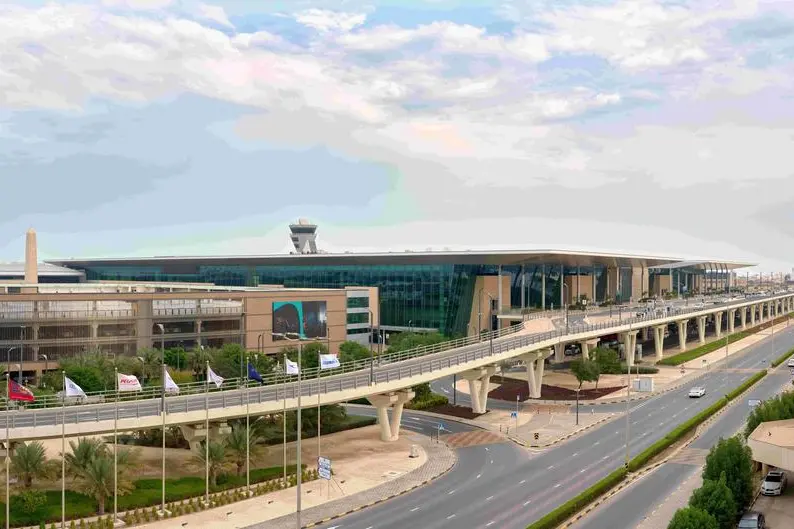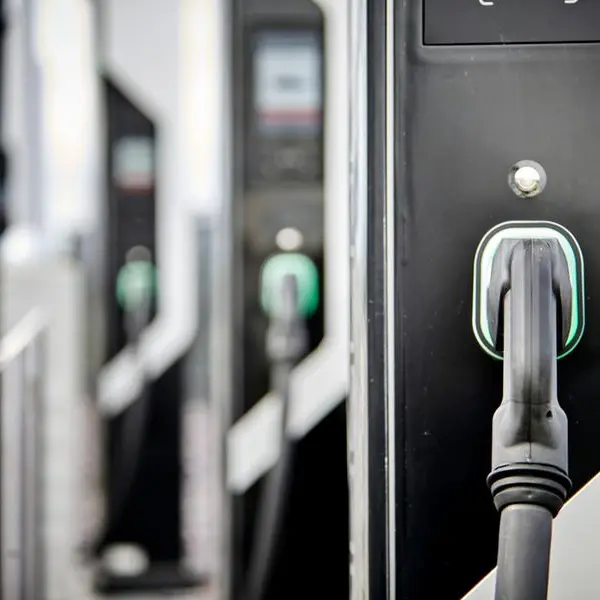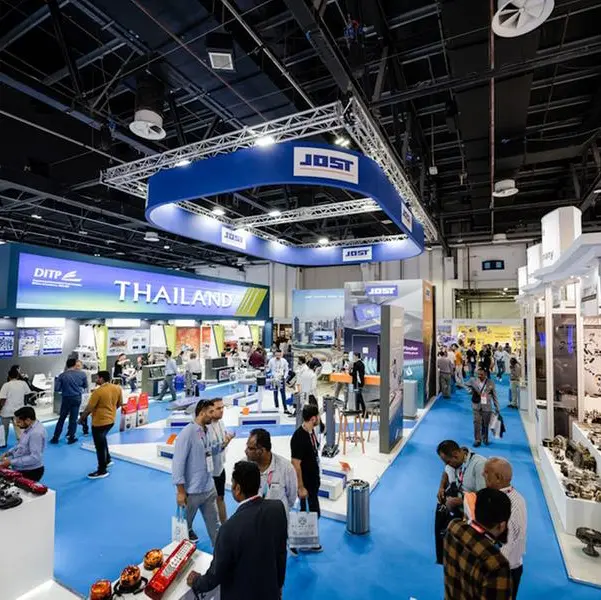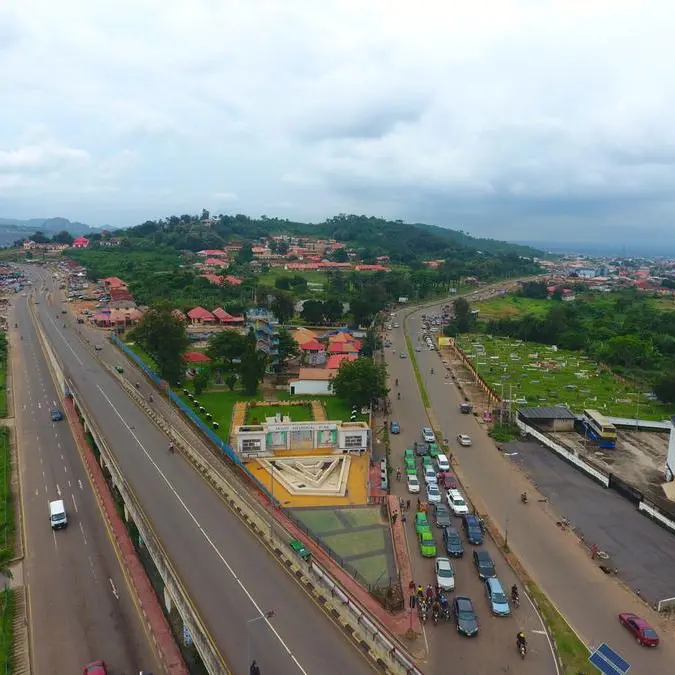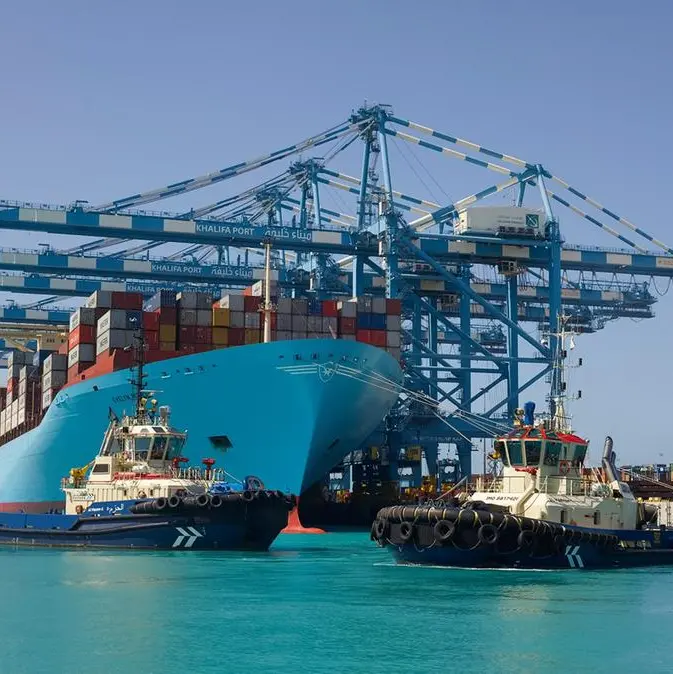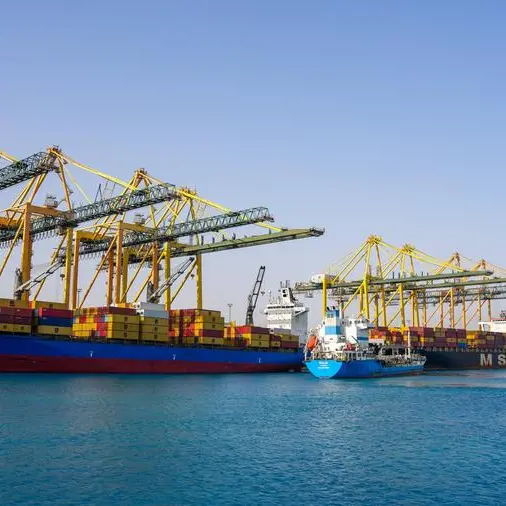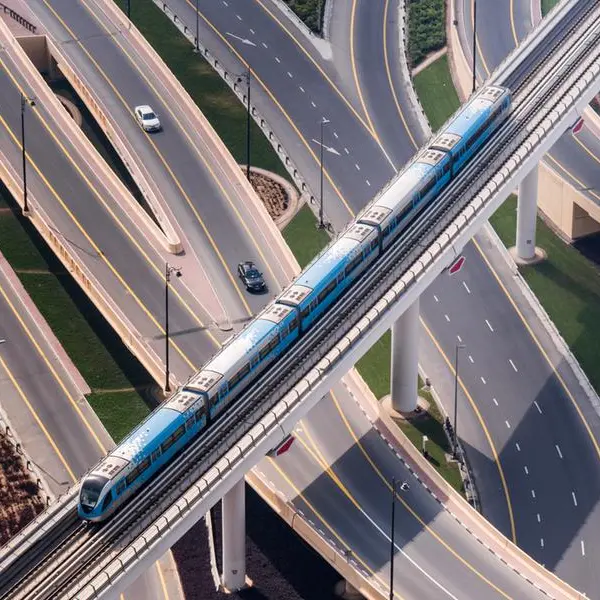PHOTO
Bahrain - Free-flowing, direct routes to Bahrain International Airport over a trio of new flyovers could ease traffic congestion for both passengers and cargo operators under new plans unveiled.
The Muharraq Municipal Council has proposed that three more ‘roads in the sky’ would connect existing routes making seamless travel possible, as well as helping residents and commuters avoid delays on the school run and daily commute.
The Shaikh Isa Bridge is set to link King Faisal Highway and Busaiteen.
The Shaikh Hamad Bridge could connect Al Fateh Highway with Muharraq.
And a new, unnamed ring road could stretch from Muharraq to Salman Town.
The authority has already approved plans in January to bulldoze a landmark monument that has been hindering the revamp of roads leading to the airport.
The 50-year-old Waterfall Monument on Khalifa Al Kabeer Avenue will be removed to pave way for a new flyover, which is expected to initially help ease the stop-start ‘roller-coaster ride’ people currently have to take to reach the airport.
Designers believe widened routes would also both benefit residents and visitors to the area.
“The modern world is characterised by rapid urbanisation and increasing vehicular traffic, particularly in bustling metropolitan areas,” said council chairman Abdulaziz Al Naar.
“The airport, serving as key hub of global connectivity, witnesses a high volume of traffic, not only from travellers but also from logistical services, employees and visitors,” he added.
“Consequently, one of the critical challenges for the country is ensuring smooth and timely access to the airport.”
He added that a solution that has emerged to address the challenges is the construction of flyovers, designed to facilitate the free flow of traffic by bypassing congested areas and busy intersections.
“Airport access routes are typically prone to congestion due to a variety of factors such as peak flight schedules, inadequate road infrastructure, and heavy urban traffic,” said Mr Al Naar.
“Delays in reaching the airport can result in missed flights, increased stress for passengers and inefficiencies in cargo logistics.
“The need for an efficient transportation system, therefore, becomes paramount for both economic and practical reasons.
“As urban populations expand and air travel increases, traffic solutions must adapt to these evolving demands.”
Mr Al Naar told his colleagues at last week’s meeting that flyovers, when strategically constructed, allowed for ‘seamless connectivity’ between various parts of a city and its airport by minimising stops at traffic signals and reducing the pressure on ground-level roads.
“By directing vehicles over congested areas, flyovers significantly reduce traffic delays and bottlenecks.
They allow vehicles heading to the airport to bypass intersections, pedestrian crossings and other urban roads that often contribute to traffic jams.
“In many cities worldwide, the construction of dedicated airport flyovers has proved highly successful.
“For instance, cities like Delhi, Mumbai and Istanbul have constructed flyovers that streamline traffic flow from city centres to airports, dramatically reducing travel time.”
He pointed out that these elevated roads offer a free-flowing route, particularly for those planning international travel with strict passenger check-in timetables.
“The flyovers act as arteries for major transportation routes, offering faster and more predictable travel times.”
Mr Al Naar said one of the primary advantages of flyovers is the time efficiency they create.
“By allowing vehicles to bypass inner-city and town traffic signals and intersections, flyovers provide travellers with uninterrupted movement, saving critical time during peak hours or when approaching tight schedules for flights. This is particularly useful in large cities where traffic congestion is frequent and can cause significant delays.
“Also by diverting a portion of traffic to elevated roads, flyovers relieve pressure at the ground-level, making inner-city and town traffic more manageable for daily commuters as well.”
He added that with dedicated lanes for airport-bound vehicles, flyovers could also separate airport traffic from local traffic, enhancing the overall flow in urban areas.
“Flyovers also have a positive environmental impact,” said Mr Al Naar. “By reducing the amount of time vehicles spend idling in traffic jams, they help cut down on fuel consumption and emissions.
“Although flyovers involve substantial initial construction costs, the long-term benefits of reduced air pollution and fuel savings contribute positively to environmental sustainability.”
Mr Al Naar hopes the government can be convinced to plan and build all three flyovers over the next decade.
“We are happy that work is set to begin on a new flyover from Muharraq directly to departures, but three other flyovers are needed,” he added.
The GDN earlier reported that work on the third phase of the airport roads development plan will see the flyover built in the Falcon monument junction area.
It will connect directly to the departures terminal, without the need to drive all the way to Arad Bay to make a U-turn to reach the airport.
The fourth phase would see the linking of the Muharraq Ring Road with the Airport Highway by developing Avenue 20 running between the airport and Busaiteen.
The Works Ministry had earlier completed the first and second phases of the project, including revamping the existing road network to streamline traffic heading to the new airport terminal, in addition to parking lots and other associated facilities.
In the first phase, Road 2403 running parallel to the airport was converted into a one-way from the airport roundabout to Arad Highway.
The second phase witnessed the airport’s roundabout replaced with traffic lights as well as rerouting and expanding Khalifa Al Kabeer Avenue and Arad Highway.
The latest ‘trio’ proposal has been referred to Municipalities Affairs and Agriculture Minister Wael Al Mubarak to forward to Works Minister Ibrahim Al Hawaj for review.
Copyright 2022 Al Hilal Publishing and Marketing Group Provided by SyndiGate Media Inc. (Syndigate.info).
